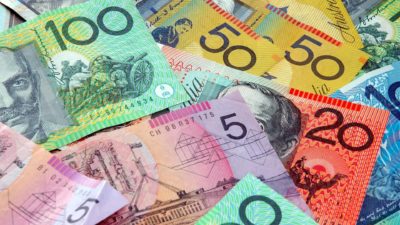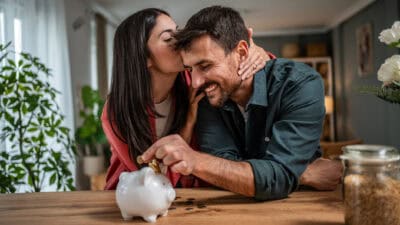Vanguard Australian Shares High Yield ETF (ASX: VHY) is one of the highest-yielding exchange-traded funds (ETFs) around, so income-focused investors may be curious about the fund's passive income credentials.
Vanguard offers a range a compelling ETFs for investors to gain access to assets like ASX shares, US shares, global shares, property and bonds.
Large-cap ASX shares have the potential to deliver good passive income because of the relatively high dividend payout ratio and franking credits from them.
That's why the VHY ETF invests in ASX companies with higher forecast dividends relative to other ASX shares.
How big is the VHY ETF dividend yield?
Judging an ASX share by its past dividend yield payments can be misleading if a dividend cut is imminent. So, the Vanguard Australian Shares High Yield ETF looks at the forecast yields, which are from FactSet.
According to Vanguard, at the end of July 2024, the VHY ETF had a dividend yield of 4.8% and a grossed-up dividend yield of 6.4%, including the attached franking credits.
That's a much larger dividend yield than what other ASX-focused ETFs are offering. For example, the Vanguard Australian Shares Index ETF (ASX: VAS) has a dividend yield of 3.5%, excluding the franking credits.
What ASX shares is this fund invested in?
It's invested in 66 businesses, which is a decent amount of diversification. However, more than 60% of the portfolio comprises holdings in ASX financial and mining shares, so it's not as diversified as other ETF options.
Some of the biggest positions in the portfolio include: Commonwealth Bank of Australia (ASX: CBA), BHP Group Ltd (ASX: BHP), National Australia Bank Ltd (ASX: NAB), Westpac Banking Corp (ASX: WBC), ANZ Group Holdings Ltd (ASX: ANZ), Woodside Energy Group Ltd (ASX: WDS), Macquarie Group Ltd (ASX: MQG), Telstra Group Ltd (ASX: TLS), Rio Tinto (ASX: RIO) and Wesfarmers Ltd (ASX: WES).
There are another 50 or so others that are among some of the larger businesses on the ASX and are also expected to pay large passive dividend income.
Any downsides?
The nature of paying out most of their profits each year means there is less money retained within the businesses to invest for growth. Indeed, these companies may be paying more to shareholders because they have fewer identified growth opportunities to invest in.
This is why we shouldn't expect much earnings growth or capital growth from this fund.
Since its inception in May 2011, the VHY ETF has delivered an average capital growth of 3% per year. Over the past decade, the capital growth has only been an average of 0.8% per year.
Is the VHY ETF the best option for passive income?
In terms of passive dividend income, I think it may be one of the leading high-yield ASX ETFs because it has achieved a high level of dividend income and a small amount of capital growth, which is what some investors may be searching for.
However, I'll also point out it's possible to unlock investment cash flow by investing in ASX ETFs that deliver capital growth. We can make cash flow by selling a portion of that holding (such as 5%) each year. If the capital growth is faster than the sold amount over time, the portfolio balance and the cash flow can grow.









